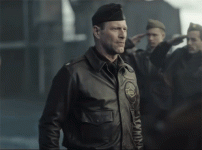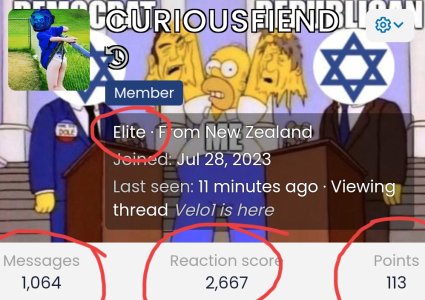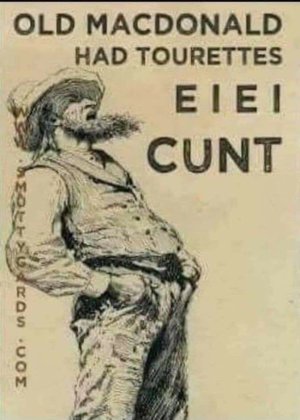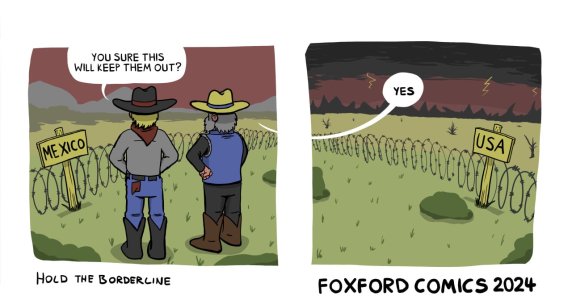Wow! you have a pretty good memory, although it was four pursuers followed by 500-600 of their closest friends. Since you have always been a great e-friend, here is the story per your request (hard to believe it, but this was 53 years ago - wow):
In late 1968 I was team leader (One-Zero) of recon team (RT) Krait, and we were assigned a long-range reconnaissance patrol (LRRP) mission deep above the Demilitarized Zone (DMZ), along the border between North Vietnam and Laos. We were to find and report on NVA troop locations and/or activities moving down the Ho Chi Minh Trail. The mission called for half of my 12-man RT. This was to be a long mission lasting 4-5 weeks, as once inserted we had to move on foot probably 75 klicks (about 46 miles) in 3 days and find an observation point we could hunker down for at least 4 weeks. Remaining undetected was critical. Every 8-10 hour interval, one of us would venture out from our outpost by a few clicks and radio back when we had any observations. Toward the end of the mission, unbeknownst to us, the NVA must have either spotted one of us or intercepted our radio transmission and localized on our position. My One-Two was another American, named Bill, and it was his turn in the rotation to slip out, make observations, and radio back to command at our forward-operating base (FOB4 outside Da Nang).
Bill heads out about 0600, as it takes a few hours to reach a good observation point, which may only be 500-1000 meters away. It was probably 1300 hours and Bill returns, crawling up the slope to our post. Right as he gets about 10 feet away he looks at another team member and me, and whispers there must be 4 battalions (~1,600) of NVA down in that valley. I looked at Bill and responded, no they’re not down in the valley; they’re right on your ass! Bill had been followed by a small group of about 10 NVA. We immediately start engaging the NVA, detonating the Claymore mines in the zone we were receiving fire. The mines probably took out 3-4 of the 10 NVA we counted. While all this is happening, my One-One is on the radio giving the codes for a hot extraction. We receive acknowledgment, and have about 12 minutes to get to the first pre-selected extraction point.
With the remaining 6-7 NVA pinned down by two team members, me and the other three guys make a run for the crest of the hill, and then provided cover fire for the remaining two guys to evacuate the outpost. We set off the rest of our Claymore mines, which helped give us a good lead. As you might imagine, the NVA sent reinforcements from the valley location. The best guess estimate later by the extraction personnel was there were probably 500-600 NVA after us. As we worked our way toward the extraction point, we can hear the helicopters coming. The extraction point was at the bottom of the hill, in an open slot about 50 feet by 100 feet along the river. We arrived at the edge of the open area and provide as much cover fire as we could. There were also two Cobra gunships providing massive cover fire. As the Huey was close to touchdown, we run for it. Since I am team leader, I am the last man with boots up. However, I was the first guy to reach the chopper, where I toss my sawn-off M79 (grenade launcher, a Belgium-made Uzi, Car-15 and the rest of my gear on the deck, and started helping others onto the chopper. Just as it was my turn to hop on, a shoulder-fired rocket explodes in front of the chopper. The pilot was hit by shrapnel, panics and pulls out, leaving me on the ground - without a gun. As the chopper is gaining altitude, I see a team member throw a modified double-barreled shotgun out, which I am able to retrieve and then duck down behind a dead tree stump.
The Huey disappears beyond the tree tops, and I see the two Cobras moving out, too. I am screwed big time. I will not be captured alive, so I knew this was it. It is declassified now, but when we signed up we were told you cannot wear any identification, dog tags, American uniforms or clothing, patches, nothing (a.k.a., going in sterile); and if captured, our military forces will do everything to eliminate your captors with massive bombing. We were men without a country. In other words, I was not going to be taken alive, or at least going to live much after capture, as military command would bring heavy bombers in to level the area.
Now the modified shotgun was one of the special weapons we were provided by the CIA. Instead of buckshot it fired two 40mm shells each packed 40 Flechettes, which are basically nails with tailfins (a.k.a. darts). At this point I can see 100s of NVA reinforcements arriving along the tree line, and 4 of the original 10 NVA that hunted us came running out of the jungle with their rifles pointed at me, yelling for me to surrender. To my amazement, they were all grouped fairly close side by side. As they got to within 15 feet of my position, I jumped up and fired both barrels. All 4 of them were torn to shreds by the Flechettes, which hit with so much force they actually cut through the body exiting out the back. Now in real time, it was probably no more than 2 minutes since the choppers pulled out.
Suddenly, the Cobra gunships reappear above the treetops; firing everything they had left into the edge of the jungle, as the Huey also returned firing their M60s, swooping down close to the deck while dangling rope ladder. I run, jump and grab the ladder, hook in with a carbineer linked to my harness. The chopper immediately pulls up and out from the kill zone. It took my guys about 8-10 minutes to pull me up onto the deck, as we were speeding away from the pick-up point. As I was getting pulled up, I looked toward the cockpit only to see one of my team members, an indigenous mercenary, with a pistol pressed against the temple of the pilot. His name was Qui Tran, a South Vietnamese merc. When I reached the deck, I laid there with my heart beating out my chest. After a few minutes I think I hugged Qui so hard I cracked a few of his ribs. He was maybe 120 pounds, 5’4” and the meanest MFer, fiercest fighter, of us all.
The most amazing part about this fire fight and extraction was the only casualties were the pilot and co-pilot who caught some shrapnel in their shoulder and arms. Otherwise, not a drop of blood was lost by any of my guys. You can read more about this mission and many other in Jason Hardy’s book MACV-SOG: Team History of a Clandestine Army, Volume 2.
P.S.
The pilot and co-pilot both healed from their wounds. The pilot and I are actually good friends (email pals) today. I realized at the time his reaction was purely reflex when he pulled up after getting wounded. He didn’t realize I was initially left behind, as he later told me that he thought I had climbed onboard when we saw me toss my gear on the deck. He was never disciplined, which was at my request when asked, as I thought then it was in the heat of a firefight, but in the end he came back along with all the other gunships.
That is Qui - bottom left (the short guy)






